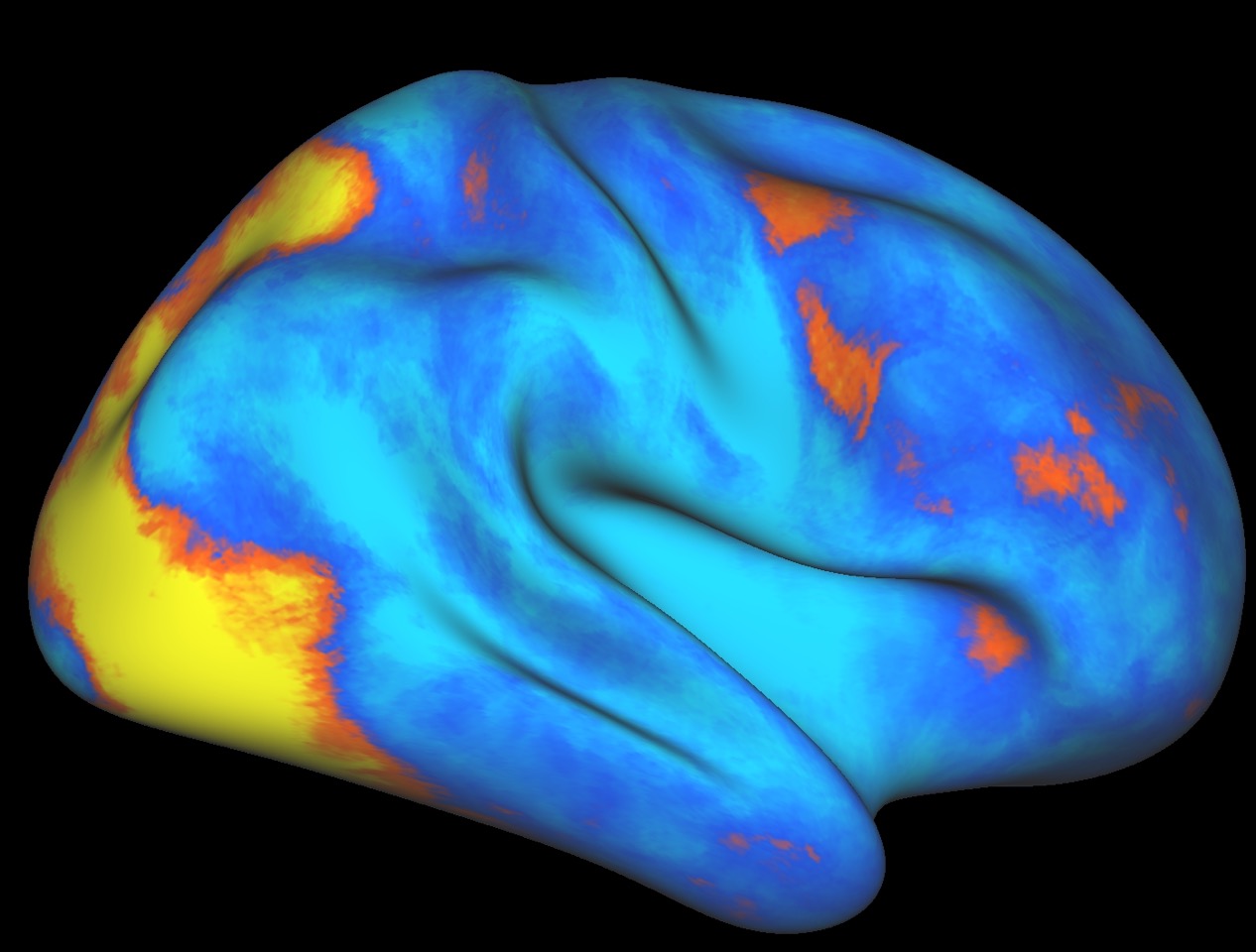When Wesley Grueber, PhD, shows his family and friends pictures of the intricately branching brain cells he studies, they call it art. “There’s an aesthetic quality to the cells,” Dr. Grueber says. But there’s also a functionality to the beauty. If the cells branched less elegantly, communication among them would become inefficient and confused, as might our behavior. Understanding the science behind this expansion occupies his lab at Columbia’s Mortimer B. Zuckerman Mind Brain Behavior Institute. How do genes create the shapes necessary for brain cells to function? What helps preserve these shapes throughout an organism's lifetime?
The images of neurons that Dr. Grueber captures resemble a forest. And the networks of nerve cells, or neurons, that are depicted behave somewhat like a forest too. Neurons are like individual trees, with neurons’ branches—known as dendrites—interacting with their neighbors in complex ways, the way tree roots do. Specifically, Dr. Grueber is interested in a surprising aspect of these dendrites: “It’s almost like the dendrites are intelligent and self-aware,” he says. “They know who their neighbors are and respond by spreading away from them, filling the brain with dendrites that are ready to successfully wire up with other neurons,” enhancing cellular communication.
Dr. Grueber studies the causes and effects of this so-called branch intelligence in the brains of fruit flies. Fruit flies share many similarities with mammals, making them a good model to explore general principles. Prior work from his lab revealed that the molecular basis for the phenomenon relied on a gene called DSCAM, for Down Syndrome Cell Adhesion Molecule. When they disable this gene in a neuron, its dendrites have trouble recognizing and avoiding other dendrites from the same cell. As a result, the branches can become entangled, a phenomenon that causes disruptions in brain connections and may have relevance to brain dysfunction, a feature of Down syndrome. A similar type of entangling has recently been seen in the brain cells of vertebrate animals.
It’s always exciting when something that is found in the fly can be used to help us understand more complex systems.
“It’s always exciting when something that is found in the fly can be used to help us understand more complex systems,” Dr. Grueber says. Such findings reveal that brains are constructed by some common rules that can be discovered by studying a variety of nervous systems.
Encouraged by the DSCAM findings, his lab is now working to understand the communications that take place between developing brain cells. As an analogy, he points to ceramic tiles neatly covering a floor without gaps or overlap. It turns out that many neurons fill the brain in a similar so-called tiling pattern, but how they do this is not known. Dr. Grueber hopes to provide insights.
A recent interest in his lab is the study of brain development as it relates to aging. He is busy testing whether some of the genes required for early development are also important for the maintenance of important neural processes throughout the life of an animal. Understanding these mechanisms might inform scientists’ ability to slow the decline of neurons as we get older—a phenomenon that is accelerated in diseases such as Alzheimer’s, Parkinson’s, and ALS.
Studying brain circuits in flies allows Dr. Grueber to decipher the molecules that not only guide the behavior of insects, but that might also underlie the complex thoughts, actions and emotions that people experience every day.


